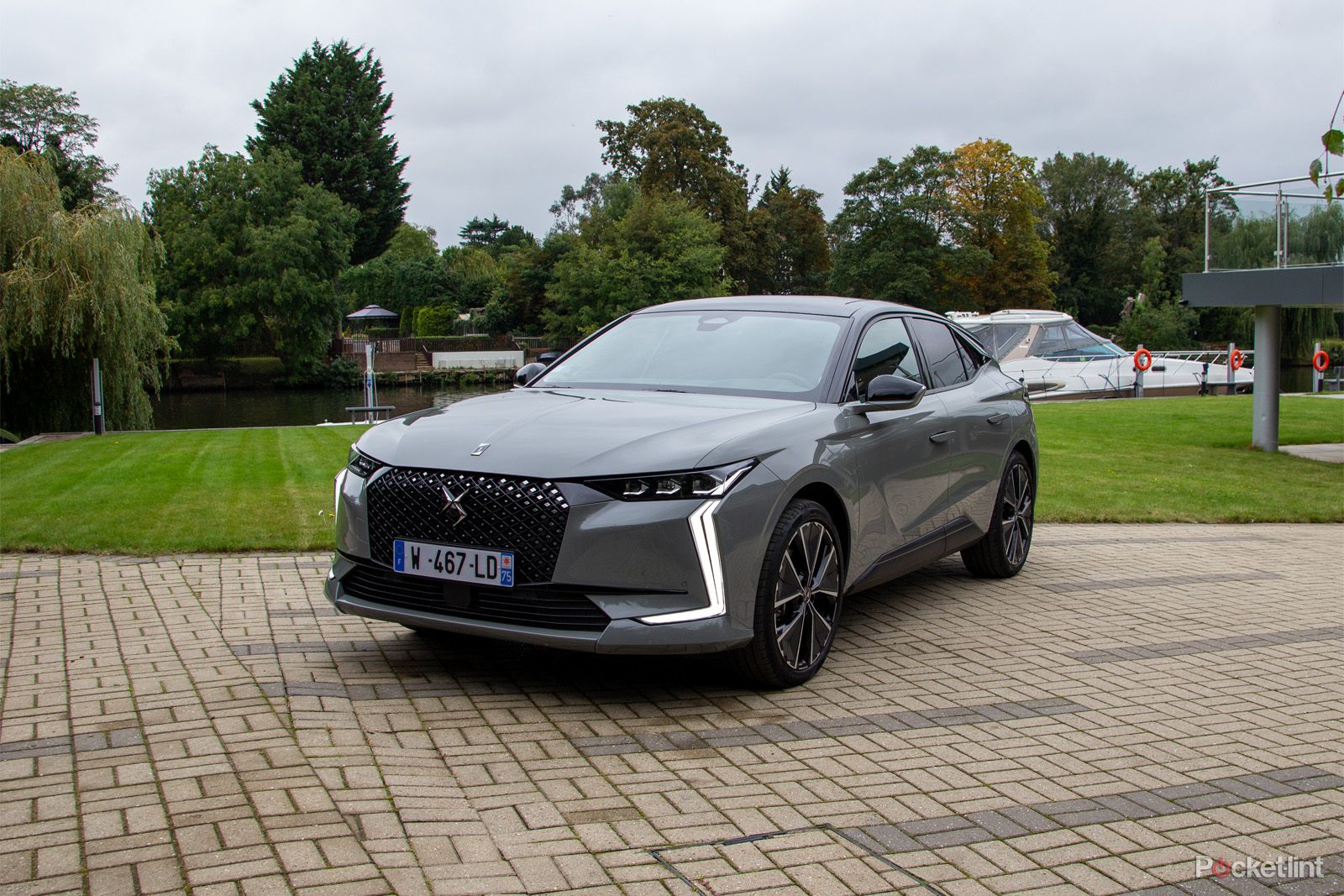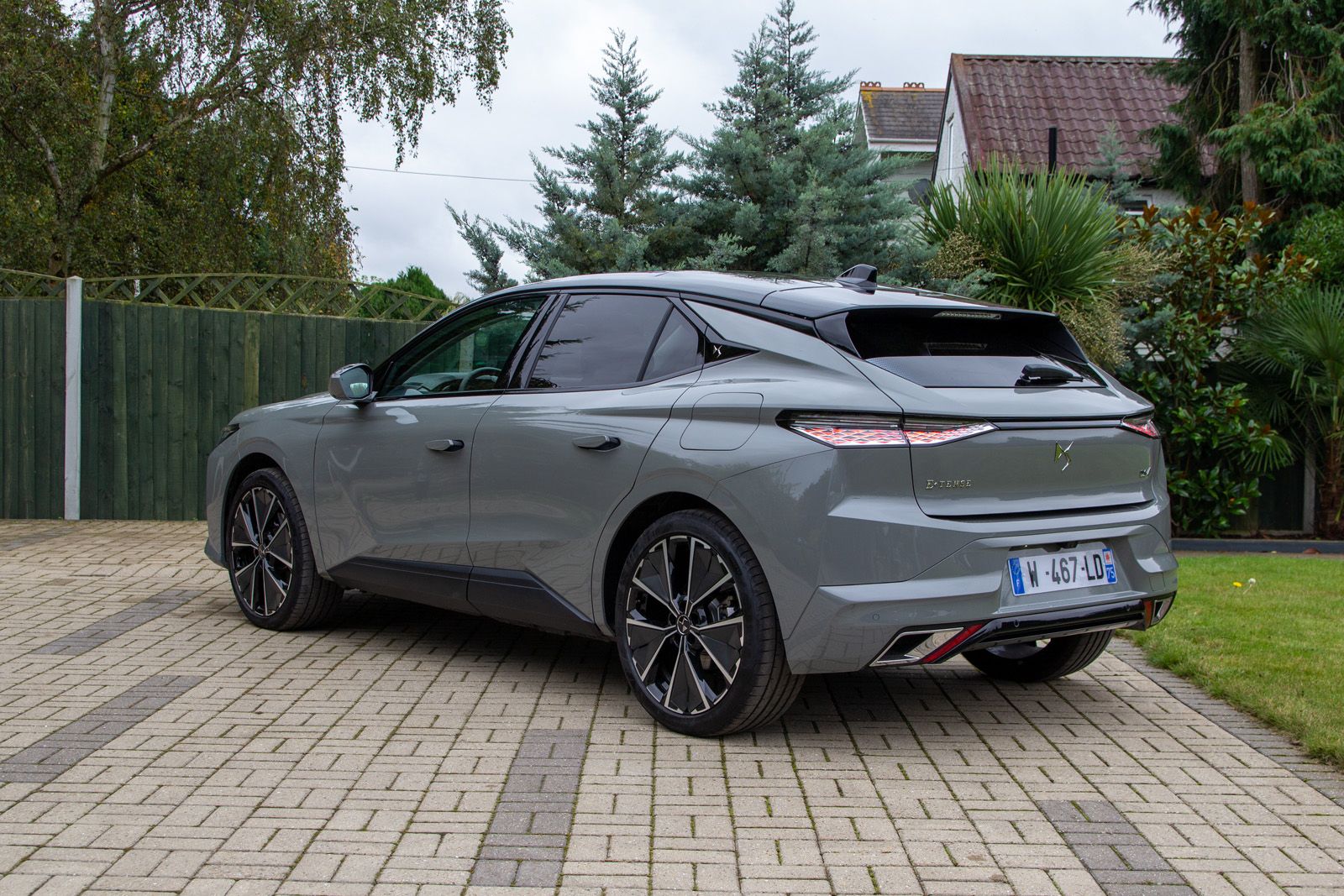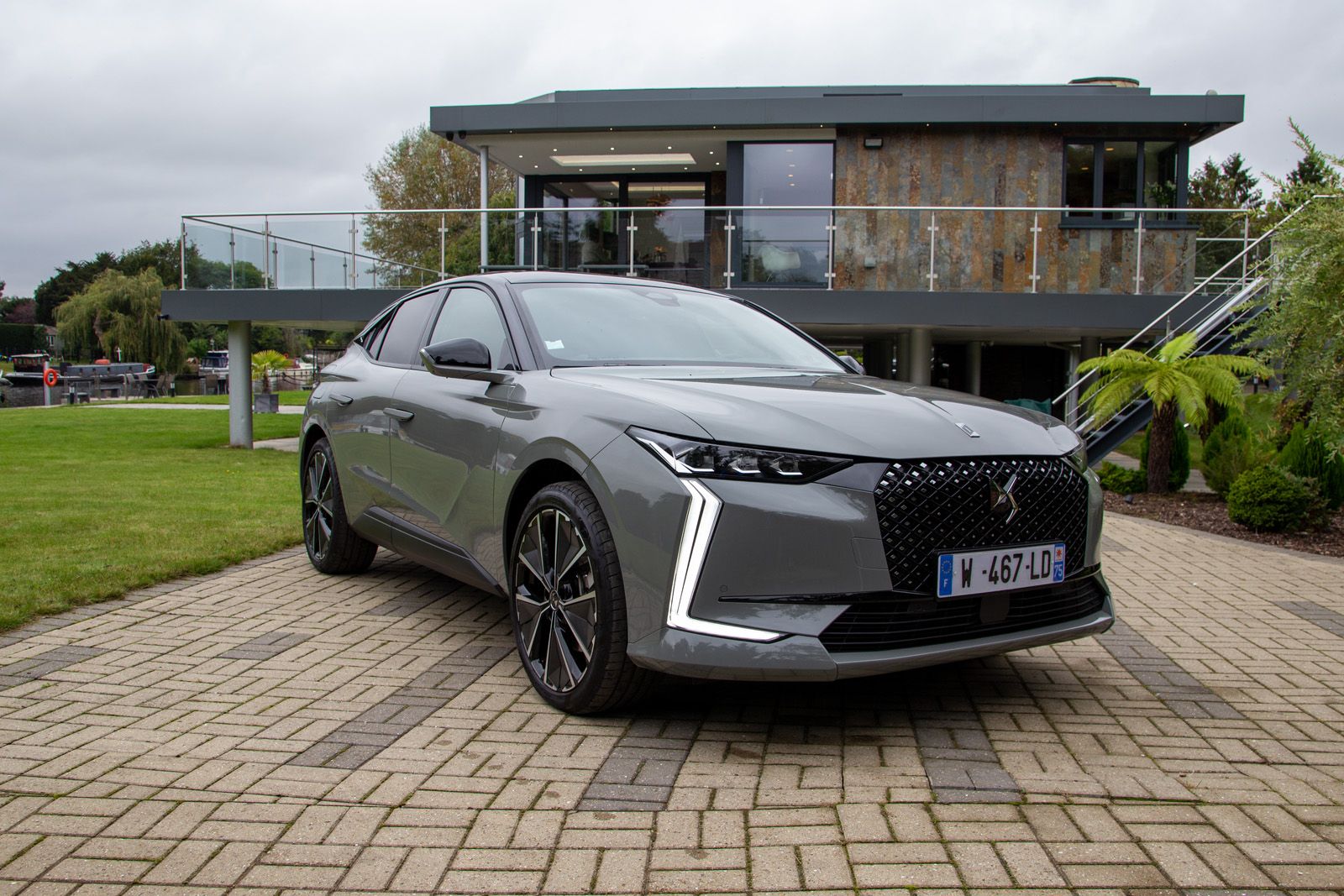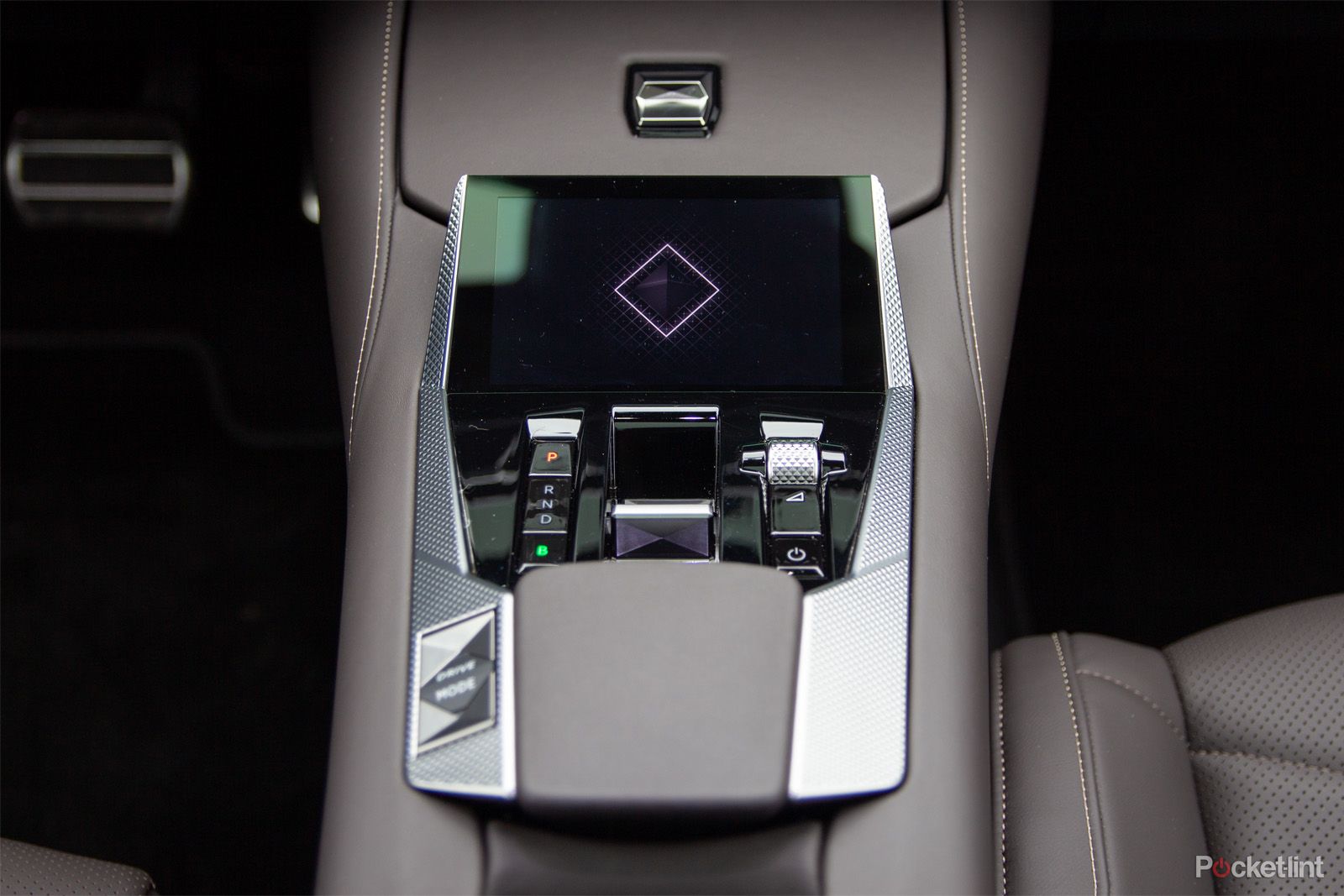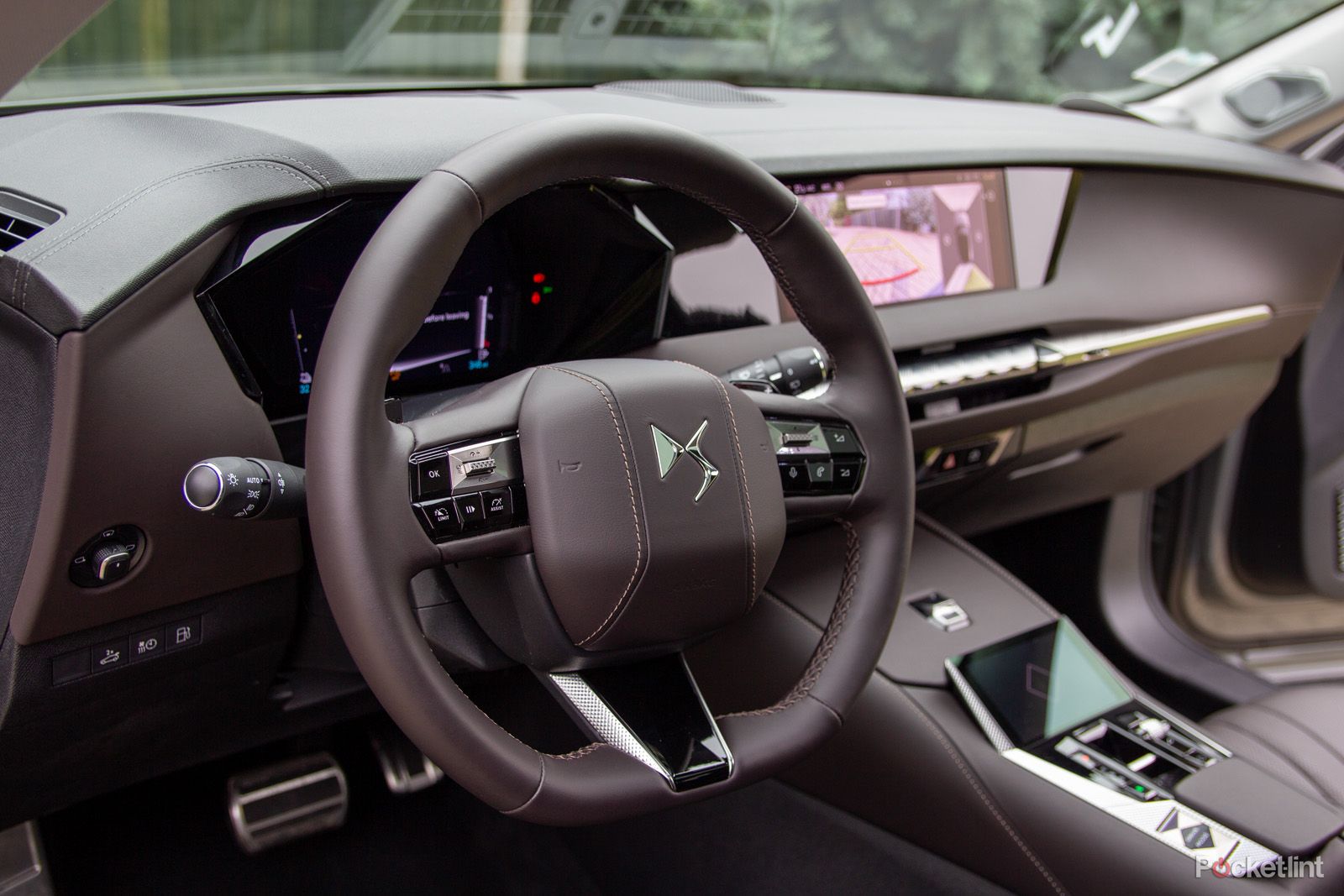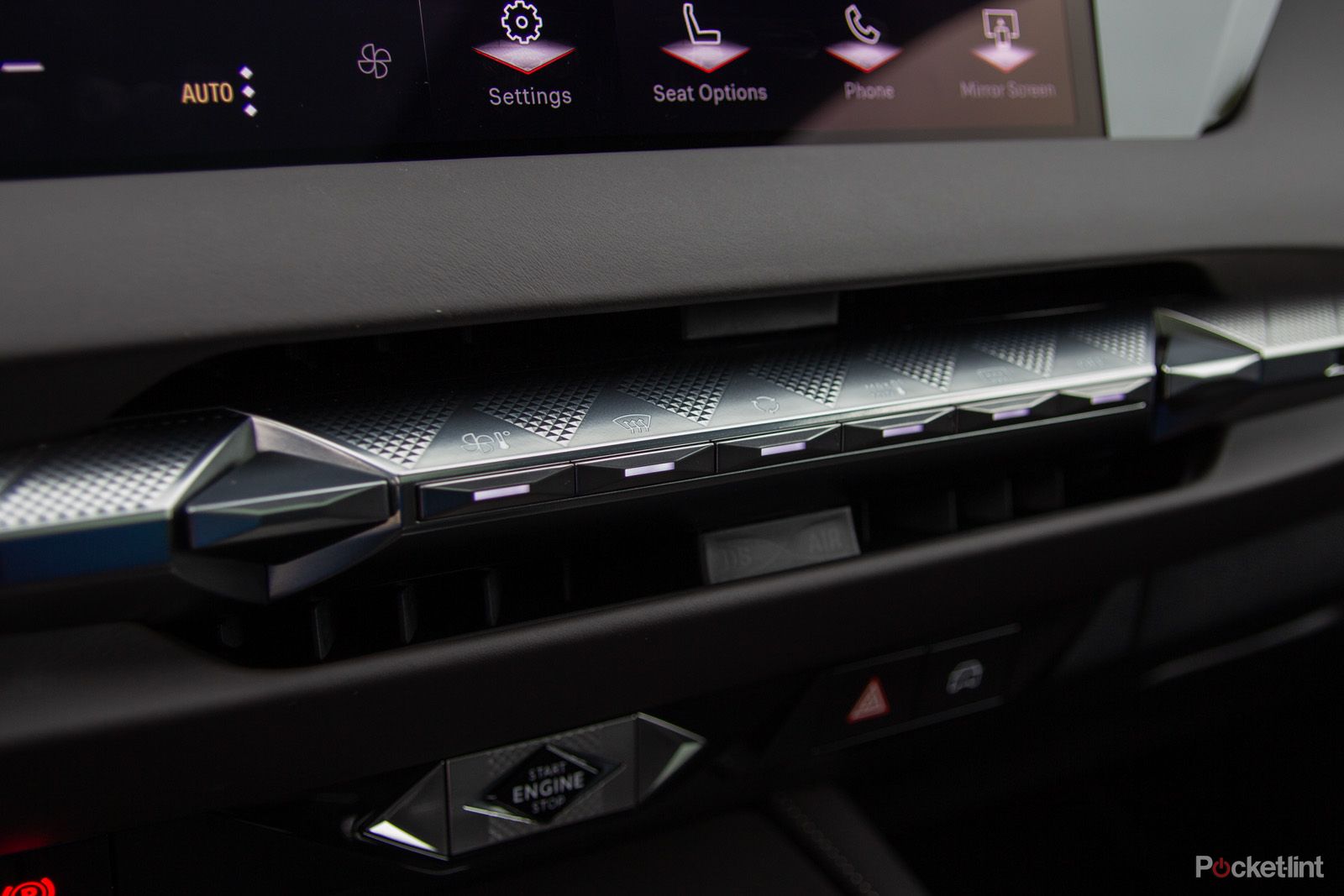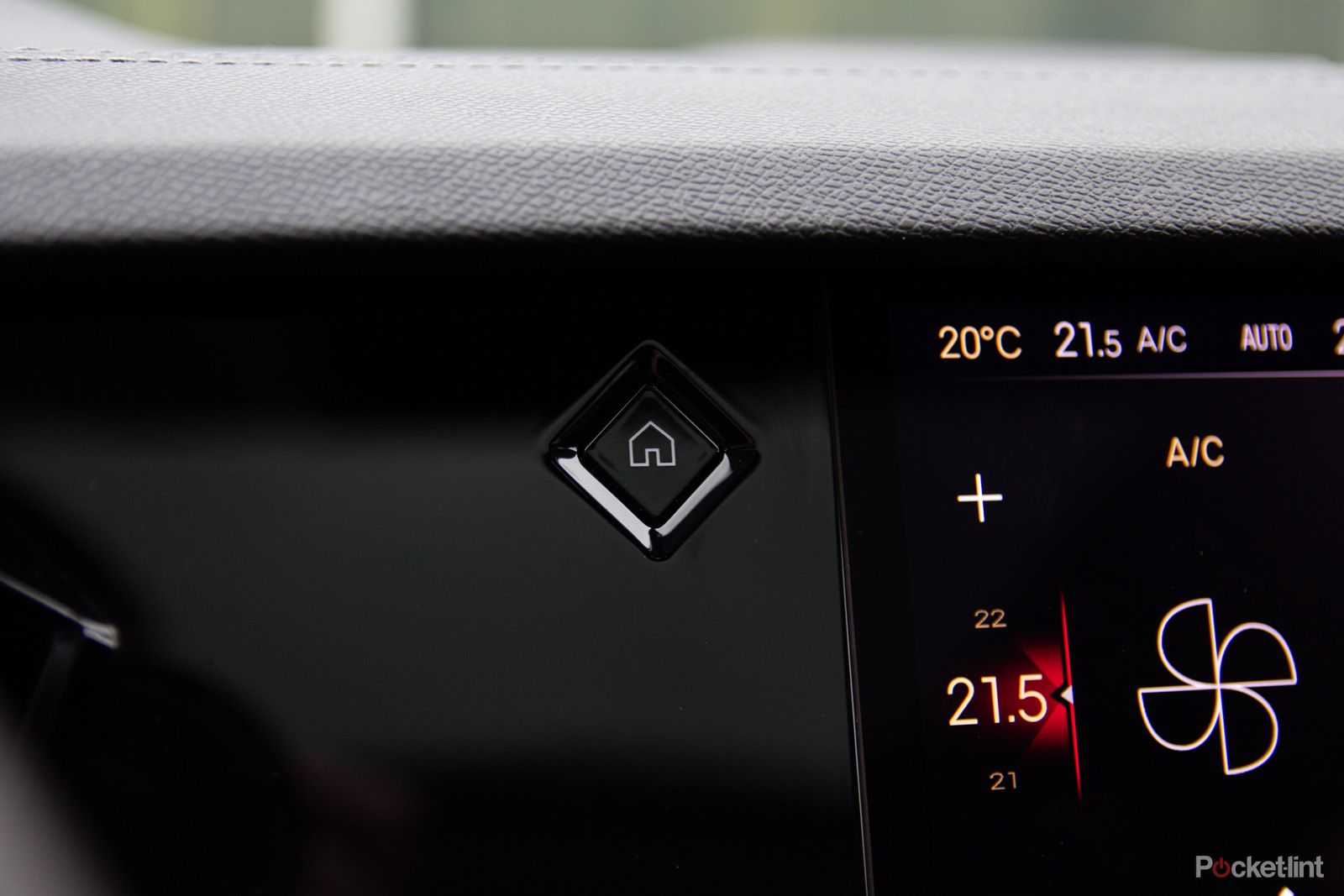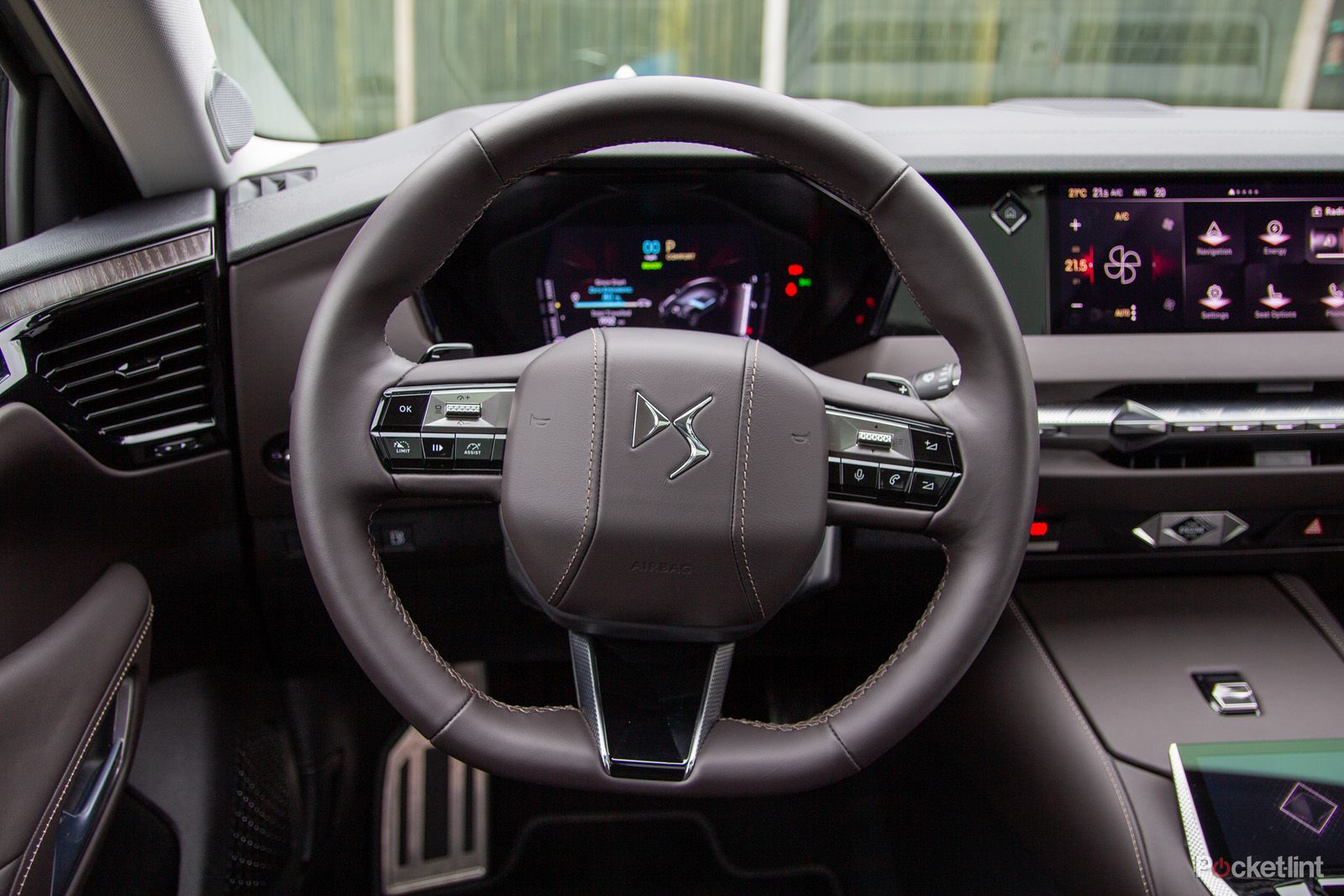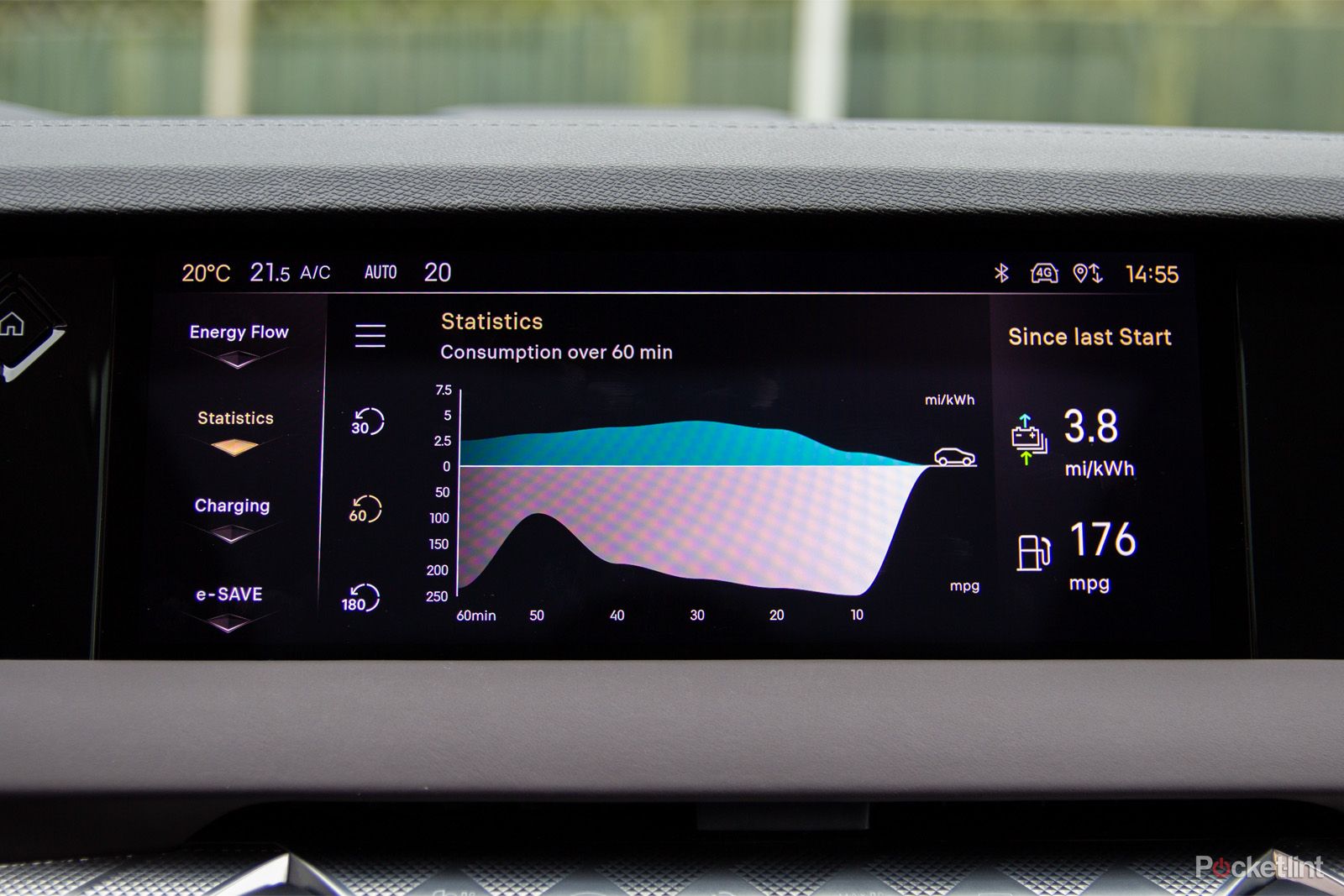Since DS Automobiles pulled up its roots and started to walk a different path to Citroen, we've seen a growing number of unique models: the DS 3 Crossback E-Tense, DS 7, DS 9 - and now this, the DS 4.
Those with any memory of Citroen DS models will remember there have been DS 4 models previously, but as a smarter version of the Citroen C4. While that Citroen is attractive in its own right, the DS Automobiles version is, in our eyes, the most attractive car that DS has offered so far.
Our quick take
With so many choosing German brands for this segment, the unique appeal of the DS 4 justifies itself for consideration. It's a nice car, it looks and feels a little different, with an opulence to the interior that sets it apart from the typical crowd - especially at the starting prices that DS is offering.
The E-Tense does come at a slight premium - and the lack of the fully electric version is a little irritating (especially as there's the likes of the Citroen e-C4 out there) - but compared to the PureTech 225, it feels like a justifiable expense for what is, ultimately, a better car.
DS wants to be different, it wants to offer you a sense or French flair when you slip into its cosseted interior. Overall the DS 4 is a prime example of that. It's a great little car.

DS 4 - 4.0 / 5
| FOR | AGAINST |
|---|---|
|
|
A quality of design
DS Automobiles talks a lot about design, or more precisely, finish. The aim of the brand is to differentiate itself from other French marques in the Stellantis Group (i.e. Citroen and Peugeot) and offer something to rival the Germans.
With that in mind, the DS 4 wants to attract the attention of Audi A3 drivers, those considering a Mercedes A-Class, or perhaps the BMW 1 or X2 Series. There's a nod to crossover style but very much with hatchback looks.
There are three marketed versions: DS4, DS4 Performance Line, DS4 Cross. The Performance Line is really another trim level (think S Line in Audi), while the Cross gets roof rails but is mostly the same overall car.
Many of the exterior differences come down to things like wheel size - of which there are seven styles; with an optional 20-inch being the largest (as seen on our E-Tense test model) - while there's a number of interior trim options to choose from too.
E-Tense is technically an engine choice, but has some impact on the trim level too - and obviously it means there's an additional charging port on the exterior of the car, along with a 40-litre reduction in boot space.
Whichever trim you choose, the DS 4 is a good-looking car, especially around its rear quarters. That's what you really notice when you see it out on the road: those folds and that sculpting leading towards the rear end.
The dropping roofline gives the DS 4 a sporty stance, while little details like pop-out door handles and DS's light work around the front lend a sophisticated look to things.
Something unique on the interior
The interior gets plenty of unique touches and there's a bit of a change of direction from some other DS models. While there's still a heavy use of the diamond patterning across panels (and, well, everything), the layout of the interior is significantly better than the likes of the DS 3 E-Tense or the DS 7, for example.
There's a more conventional positioning of the window buttons on the doors, for example, rather than cluttering up the centre of the car, while there's now a Smart Touch system - a secondary display in the centre of the car that's designed for touch only, so you don't have to reach up and touch the main display.
It's conveniently positioned so your palm can sit on the rest and your fingertips can do the work. It doesn't take long for this to become second nature. It's a bit like using a trackpad on a laptop, with support for things like text entry via a finger scrawl.
Within this area you also have some media controls - namely volume - conveniently placed for either driver or passenger, while the drive controls have ditched the old shifter mechanism and offer a toggle instead.
As this is a DS car, so the finish of the interior is where the story really lies. Anyone who has had a DS model before - including those earlier Citroen-badged models - will find it familiar, with the finishes and the general desire to offer something that's distinctive and different.
It's perhaps DS Automobile's best weapon against the likes of Audi, where interiors are virtually the same across all models and have been for years (although there's no questioning the quality of Audi's interior). In the DS 4 you have a car that's definitely different to other cars on this platform - indeed different to other DS models - with a higher quality look and finishes that you don't get elsewhere.
Uniqueness can have a downside, though, and DS has in the past stepped away from the conventional - which doesn't always lead to the best results. But the DS 4 feels like it works: this is a comfortable car offering more than its rivals as standard, with little details added to make things just easier.
Not only do you have that second touch interface, there's a physical home button for the interior display (and yes, it will be on the right-hand side if you have a right-hand drive car), but you'll also spot things like sculpting on the interior door panels rather than handles, to give a sense of distinction.
It's a quiet interior, too. The seats are comfortable and there's plenty of choice for finishes. While the wide use of the Clous de Paris Guillochage (that textured patterning stamped on every metal surface) can make for a busy look, there has been a move to reduce visual clutter.
This isn't a move to complete minimalism like you'd find in Tesla, but the airflow has been changed along similar lines, cleaning up the centre vents and integrating the controls into the bar above. It's just cleaner and more modern.
The rear seats offer ample headroom, but knee space is on the smaller size - which is typical for this class of car - while there's 390 litres of boot space on the E-Tense compared to 430 on the combustion models.
A tech overhaul
Those who look carefully will start to spot similarities with other cars based on the same platform (EMP2), albeit with a compact driver display paired with that 10-inch central display. These are both digital and both standard across the DS 4, but DS is also offering a projected heads-up display rather than using an extending screen, as you'll find on the likes of the Citroen C4.
It's also a completely new user interface for DS Automobiles. We've previously been critical of the marque's overly-fussy user interface (UI) in the past, with too many rotating diamonds that fit the brand's styling - but that are incredibly slow and effectively just wasted a lot of space. The DS 4 brings in a new look and a new feel - and just a new level of proficiency.
It's now much better than previous models, as it's customisable (both on the centre and driver displays), which means it's more useful. Some of the lesser Stellantis brands offer pretty much no customisation, so it's great to be able to personalise things here.
As we said: the centre display operates either through direct touch or that Smart Touch display lower down, but there are no real buttons to access infotainment functions. There will be a voice assistant in the future, but this wasn't yet enabled during our test drive.
The steering wheel offers control over main functions and everything is easy to get to and logical in its use. There's also support for connected devices, for Apple CarPlay and Android Auto, if you'd rather use those systems.
On the road
There are a number of different engine choices, spanning petrol and diesel and the E-Tense, which is the name DS Automobiles gives to anything electrified. There's no pure electric version - that's coming in 2024 - and all are mated to the same 8-speed autobox.
The engines choices are paired to the trim and model to a degree. For example, on the entry-level DS 4 Bastille+ you can only get the PureTech 130. By the time you get to the Rivoli, you're looking at PureTech 180 and 225 (the number is the overall horsepower).
E-Tense (which is the same power across all models) is available from Trocadero trim upwards (i.e. anything above entry-level), while also being offered on the Performance Line and Cross models - so it's widely available.
The cheapest plug-in model is actually on the Performance Line (at £34,600 in the UK - some £8,000 more than the cheapest petrol model). It is, however, a combined maximum power of 225bhp, matching the top petrol model, compared to 130bhp for the cheapest petrol - so there's a healthy uplift in performance that comes with the extra price.
The E-Tense comprises a 12.4kWh battery - that's good for about 38 miles of range on its own - paired with a 1.6-litre petrol engine. While that electric-only aspect doesn't sound a lot, if you have a fully charged car, that will take you through most short-range journeys, leaving the petrol engine to swing into life only when you want to journey further afield.
Driving on electric is smooth, quiet, refined - as these things often are - and having driven both the PureTech 225 and the E-Tense 225, the latter is certainly the better choice. It drives better, it's more relaxing, and while the overall performance is similar (0-62mph in 7.7 seconds), it's just a better car with the hybrid system.
The DS 4 is a fun car to drive with that electric responsiveness, albeit not as dynamic on the road as some of its rivals. That said, we like DS Automobiles' aims in presenting something different - and to us, the DS 4 in particular feels like its most attractive car so far.
To recap
A compelling alternative to the other premium hatches, let down slightly by the lack of a battery option at launch. But with a keen exterior design, comfortable drive, and an interior that offers something different, the 4 is one of DS Automobiles' most interesting models.

